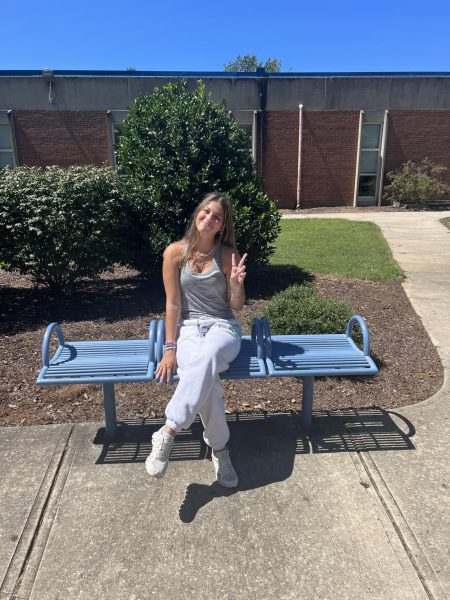Should Asynchronous Days Make a Return?

Students have had to go through an unbelievable transition in the past two years in terms of school. Every student and teacher deserves a break and time to catch up.
December 16, 2021
Transitioning to the 2021-2022 school year has been rough for teachers, parents, and students. Expectations have skyrocketed compared to how they were last year. As a result, the mental health of students and teachers has plummeted, causing stress and anxiety. This is pushing deadlines in grading and due dates back substantially, so would an asynchronous day solve these problems?
With all of the craziness of the pandemic and a new way of schooling last year, schools decided to have “Asynchronous Wednesdays”. This became a day where teachers would be available for help, but there was no mandatory live instruction. This gave students and teachers an opportunity to catch up on any missing work they had inside or outside of school. Lots of students began to fall behind on work, not being able to ask for help as often or losing motivation. According to the CDC, more than one in three high school students experience mental health problems, about a 40% increase since 2009. The pandemic and transition back to school are primarily to blame for this crisis. Asynchronous days gave students balance and let them work at their own pace. Sophomore Riley Dunton says, “I felt like asynchronous days gave me the break I needed to make sure I was fully caught up. I loved that I got to choose how my day was structured.” The idea of a self-paced day motivates students more and benefits them by allowing them to learn how they want and gives them more time to focus on harder things. It also gives students more of an idea of how college works.
Students get the most benefit from asynchronous days. For students that are thriving in school, this day is for them to have extra practice and work on things outside of class. Those students that struggle more in school have the opportunity to work at their own pace and ask for extra help. Regardless of how well students do in school, asynchronous days allow more time for students to get things done, taking pressure and anxiety off of them.
Teachers have also fallen behind on things like grading and lesson planning, causing them stress. This also limits their ability to help students individually during the school day. Bringing back asynchronous days gives teachers designated time to help students and catch up on their work as well. Teacher Mr. Segal says, “It allows us the opportunity to catch up on some of our non-teaching responsibilities like grading and planning while still delivering a quality lesson to our students.” He also says the one negative effect was the lack of face-to-face communication. Another concern was Mr. Segal saw students treating the day like a “free for all”. This can be solved by teachers giving them light assignments, so they do not feel overwhelmed. Mr. Segal also says, “I think the benefits for teachers are clear because we are always pressed for time. With students, I think it depends on how they handle it. If they choose to use it the right way and get their work and other stuff done on their own schedule, then it is beneficial.”
One way teachers can help students as well as themselves is by assigning lighter work on asynchronous days. Mr. Segal explains that he would not provide them with new instruction but an enrichment activity based on something his students have already done. This will also mean teachers will have less to grade by not providing new instruction. Asynchronous days should be brought back as they are beneficial to both students and teachers. With the new school year, there has been an increase in students struggling with mental health and falling behind. Asynchronous days can help solve this ongoing issue.











